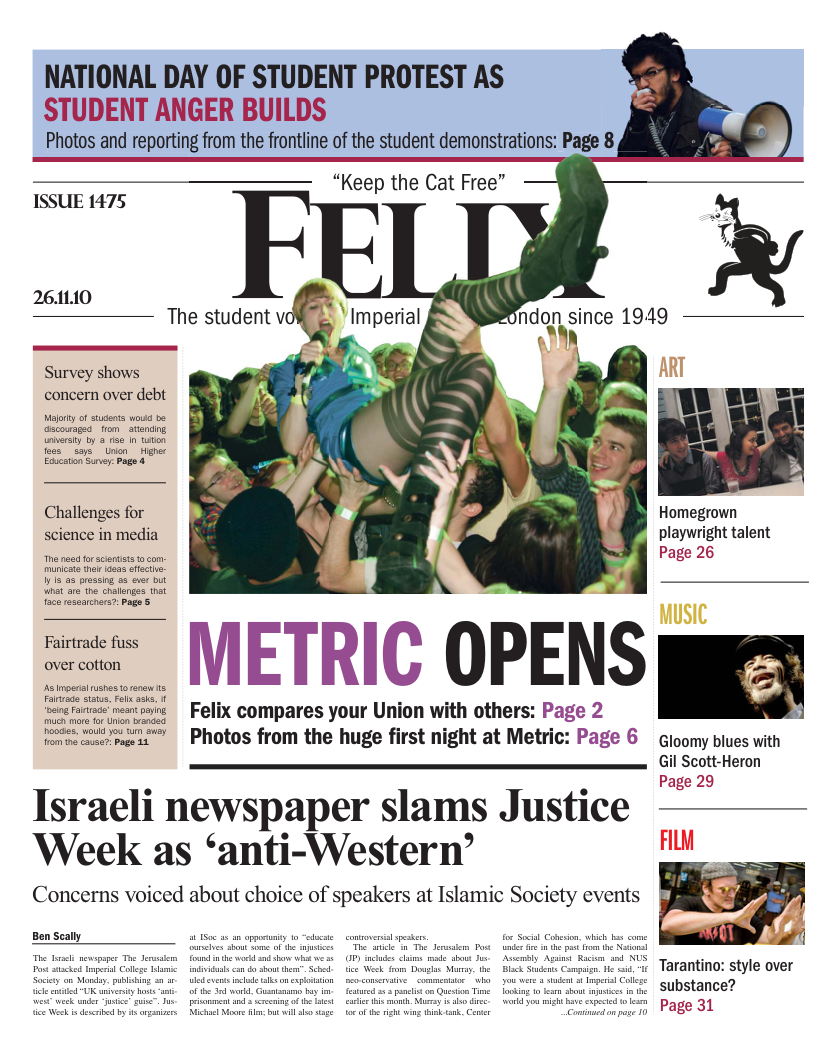Light and death for hospital superbugs
Light and death for hospital superbugs.

A new technology that uses light beams to kill bacteria could be used in hospitals to stop the spread of MRSA and other antibiotic resistant bugs, say scientists from the University of Strathclyde.
The technology, known as HINS light, uses visible light wavelengths to excite molecules within bacteria, producing highly reactive chemicals which are lethal to bacteria yet mild enough to be completely harmless to patients and staff.
Professor Scott MacGregor, Dean of the Faculty of Engineering, said “HINS-light is a safe treatment that can be easily automated to provide continuous disinfection of wards and other areas of the clinical environment. The pervasive nature of light permits the treatment of air and all visible surfaces, regardless of accessibility.”
The team are hopeful the new technology could become the foundation for a hospital-wide decontamination system, by using the HINS light alongside traditional hospital lighting.
Clinical trials at Glasgow Royal Infirmary have shown that the HINS light provided significantly greater reductions of bacterial pathogens in the hospital environment than could be achieved by cleaning and disinfection alone.






